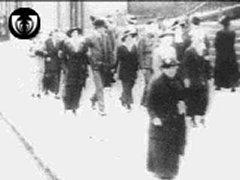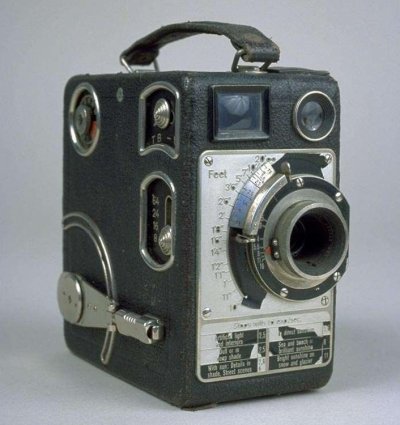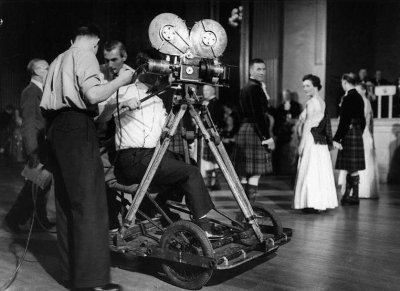 |
Introduction - 2 |
 |
Introduction - 2 |




|
Cinema Pioneers The invention of movies was not
a sudden revelation bursting from the mind of a single inventor. Their
origins are shrouded in many different claims and precedents. Magic
lanterns and flip books had created the illusion of movement for
centuries. The Zoetrope and the Phenakistoscope are just two examples of
devices that were developed in the 19th century. In the early 1890s, William Dickson and Thomas Edison developed their own camera-like device which they called the kinetoscope. Click on thumbnails for larger image |
|
|